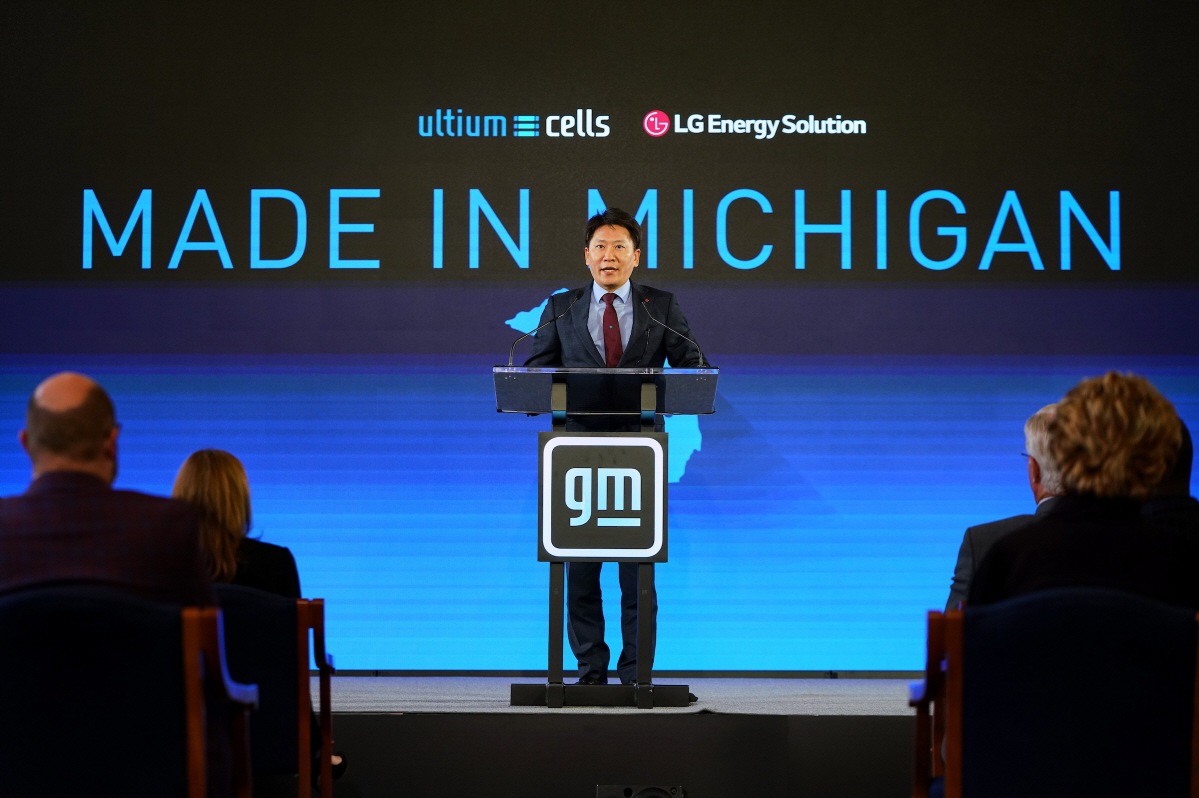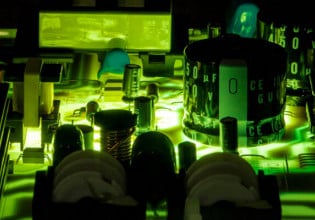Stellantis and LG Energy Solution to Build Canada’s First Large-scale EV Battery Plant
The companies will start constructing the site in Windsor, Ontario, later this year, with production slated to begin in early 2024.
Following their October entry into a joint memorandum of understanding, Stellantis N.V. and LG Energy Solution (LGES) announced on March 23 that they have executed binding agreements to establish Canada’s first large-scale, domestic electric vehicle (EV) battery manufacturing plant.
Stellantis, a multinational automotive manufacturer based in the Netherlands, and LGES, the battery-producing subsidiary of electronics giant LG Corporation, will jointly invest $5 billion CAD ($4.1 billion USD) to realize the facility in Windsor, long the heart of Canada’s automotive industry.
The site will bring an estimated 2,500 jobs to the area, and once online will target an annual production capacity in excess of 45 gigawatt hours (GWh).
Shared Ambitions
The deal comes just weeks after Stellantis announced Dare Forward 2030, its long-term strategic plan. The company is aiming to halve its carbon emissions by 2030, and hopes to reach net-zero in 2038. To realize those ambitions, Stellantis intends to invest more than $30 billion in electrification and software development through 2025, and to make all of its sales in Europe battery electric vehicles (BEVs) by 2030, with half that target in the U.S. and Canada.
“Our joint venture with LG Energy solution is yet another stepping stone to achieving our aggressive electrification roadmap in the region,” said Stellantis CEO Carlos Tavares.

Tavares outlined Dare Forward 2030 in a presentation on March 1. Image used courtesy of Stellantis N.V.
That aggressive roadmap is one shared by Canada. In April last year, the country increased its emissions reduction target, under the 2016 Paris Agreement, to 40-45% below 2005 levels. And the government has mandated that all new light duty cars and passenger trucks be zero-emission by 2035.
Stellantis Strikes Solid-state and Lithium Deals
Beyond manufacturing, Stellantis is also devoting significant resources to the development of solid-state batteries, which if viable could significantly extend EV range. Last November, the company announced it had entered into a joint agreement with Factorial Energy to advance that company’s high-voltage traction solid-state technology.
The deal included a strategic investment from Stellantis, which in July last year stated its intention to introduce the first competitive solid-state battery to market by 2026.
To do so, the company will work to advance Factorial’s FEST (Factorial Electrolyte System Technology). Though details are proprietary, Factorial claims its solid electrolyte is safe and reliable in use with high-voltage, high-capacity electrodes, and has performed at room temperature in 40Ah cells.
.jpg)
Factorial's solid-state tech. Image used courtesy of Stellantis N.V.
Among Stellantis’s other e-mobility initiatives is a November 2021 deal with Vulcan Energy Resources, whereby the latter agreed to supply the company with battery-grade lithium hydroxide. Under the agreement, set to begin in 2026 and run for a total of five years, Vulcan will supply a minimum of 81,000 metric tons to Stellantis from its project in Germany’s Upper Rhine Valley. The site utilizes geothermal energy to harvest lithium from brine, and aims to be the world’s first lithium operation to produce no carbon emissions.
LGES Expands its U.S. Operations
South of the border, LGES has announced a number of its own moves in recent months. The subsidiary, along with its sister company LG Chem Ltd. (LGC), last December entered into a letter of intent to supply lithium-ion (Li-ion) recycling startup Li-Cycle with manufacturing scrap.
Once the parties have fully executed a deal, LGES and LGC will each invest $25 million into Li-Cycle, which will supply the companies with 20,000 tons of battery-grade nickel sulfate over ten years. Li-Cycle will produce the recycled nickel at its hub in Rochester, New York, which is slated to begin operation in early 2023.
In January, LGES announced that its joint venture with General Motors, Ultium Cells, is making a $2.6 billion investment to build its third cell manufacturing plant in the U.S. Ultium Cells will construct the 2.8 million-square-foot plant on GM-leased land in Lansing, Michigan, where it will create roughly 1,700 jobs.

Ultium Cells is also constructing cell manufacturing sites in Ohio and Tennessee. Image used courtesy of LG Energy Solution
Slated to begin operation in late 2024, the facility will have an annual capacity of 50 GWh at full production.






